Explanation
Sinsido Island is the largest of the 24 islands in the Gogunsan Island Cluster located 50 kilometers southwest of Gunsan. The highest point is Daegaksan Mountain (187 meters) on the northwest side and there is Sinchisan Mountain (142 meters) on the southeast side. Villagers tend to work in the fishing industry, catching shrimp, anchovies, hairtail, and mackerel. Farmers tend to grow rice, barley, sweet potato, chili, peas and more. The island can be reached by car and there are various activities available such as mud flats and fishing.
Inquiry
+82-63-463-7088
Homepage
Information Use
Capacities : 1,000 people
Experience Guide : Mud Flat
Fee: 5,000 won (tidal time differs everyday)
Shoe rental: 2,000 won
Fishing
Season: April - June, August - October
* Prepare fishing tools in advance.
Contact and Information : • 1330 Travel Hotline: +82-2-1330
(Korean, English, Japanese, Chinese)
• For more info: +82-63-463-7088
Opening day : January 1, 2013
Parking facilities : Available
Small-sized Cars: 30
Large-sized Cars: 10
Day off : Closed on Seollal (Lunar New Year’s Day) and Chuseok (Korean Thanksgiving Day) Holidays
Hours : Mud Flat Experience (January-December)
Gaemaki Experience (May-October)
Fishing Experience (April-November)
More information
Hiking Course
[Trail Course (9.2 km / 4 hours)]
* Sinsibaesugwanmun Gate – Imdo Forest Trail – Iron stairs (3 steps) – Wolyeongjae Pass – Wolyeongbong Peak – Mini (small) Mongdol Beach – Daegaksan Mountain – Wolyeongjae Pass – Parking lot
* Sinsido plaza – Wolyeongjae Pass – Wolyeongbong Peak – Mini (small) Mongdol Beach – Daegaksan Mountain – Angol Reservoir – Breakwall – Wolyeongjae Pass – Parking Lot
Tour Course Information
* Departure from Gunsan – Saemangeum Seawall – Sinsido Fishing Village Experience Information Center – Fishing Village Experience – Tour to Gogunsan Mountain – Fishing
Restrooms
Available
Parking Fees
Free
Available Facilities
[Accommodation]
Group: 1 site / 4 guest rooms / 30 people
Individual: 16 sites / 200 guest rooms / 700 people
Common Restaurant: 1 site / 50 people
Convenience Facilities: Palgakjeong Pavilion, observatory, walking path, trail (Daegaksan Mountain), etc.
Sanitation Facilities: Restroom, showers, etc.
Admission Fees
Free (Separate program activity fees required)
Location
83-7, Sinsido-gil, Gunsan-si, Jeonbuk-do
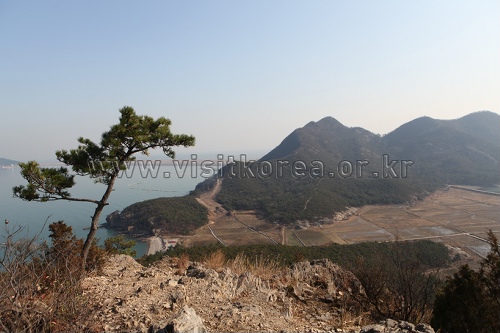
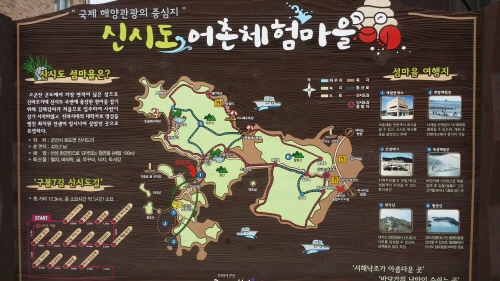
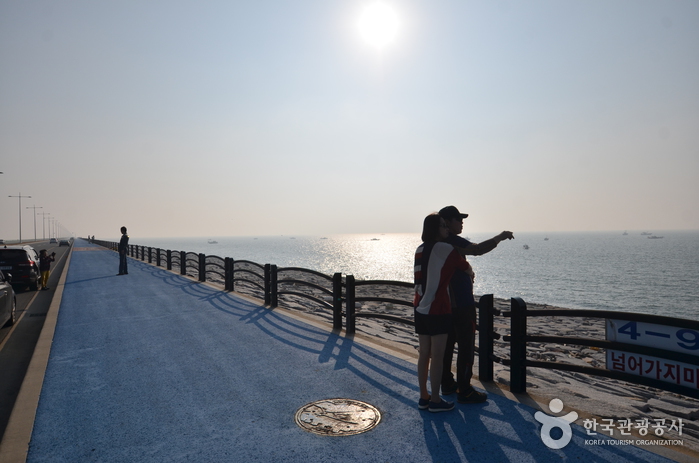
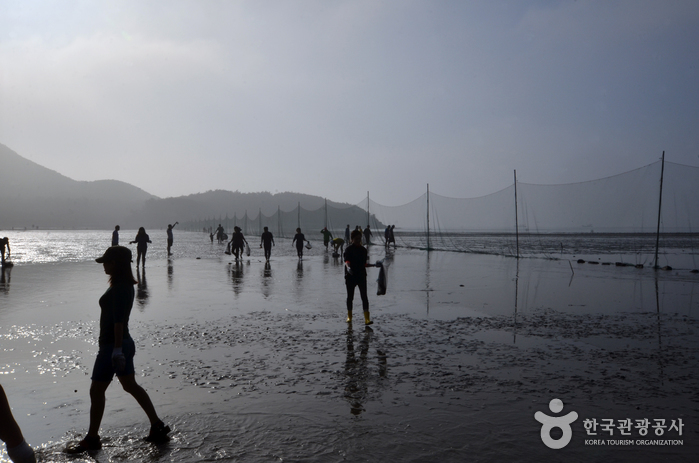
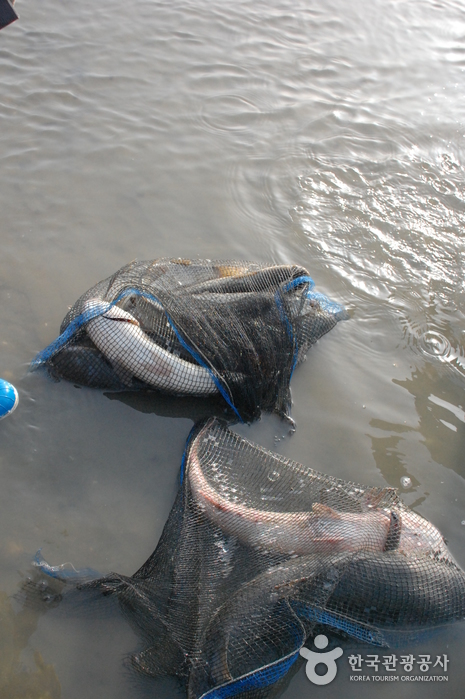
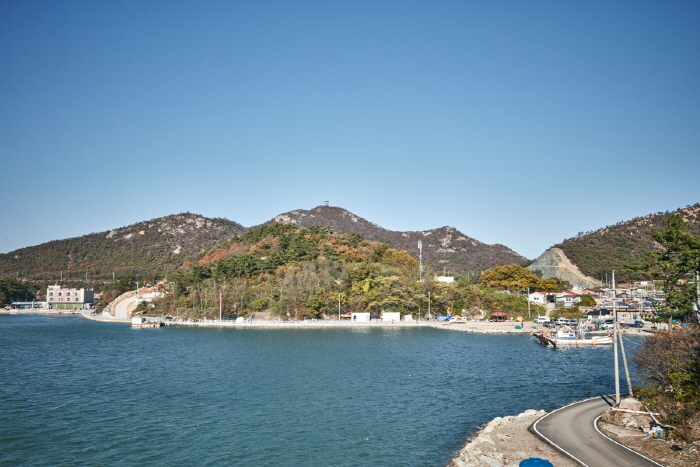
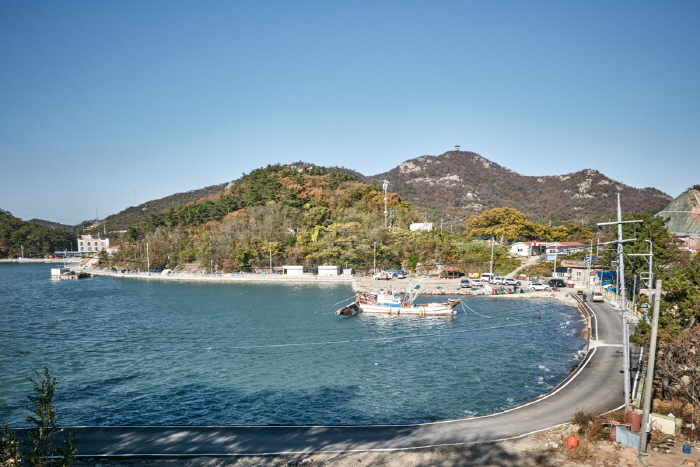
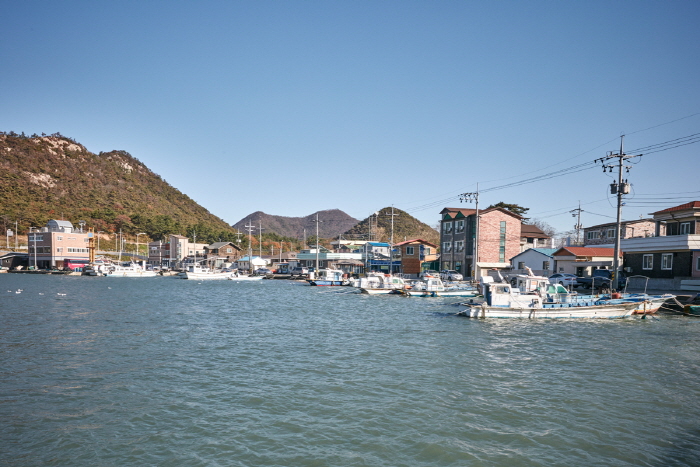
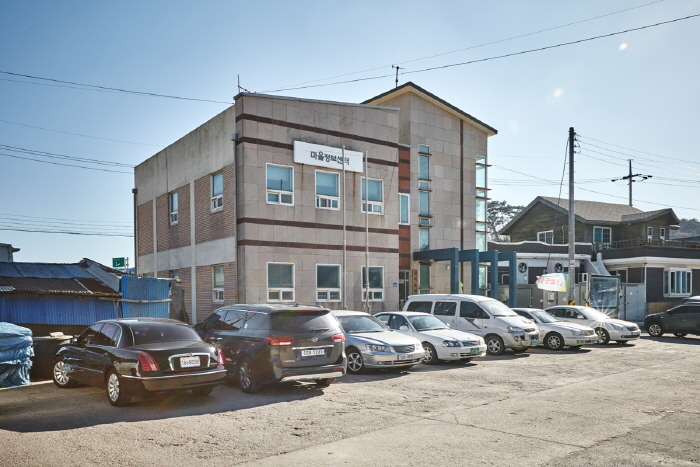
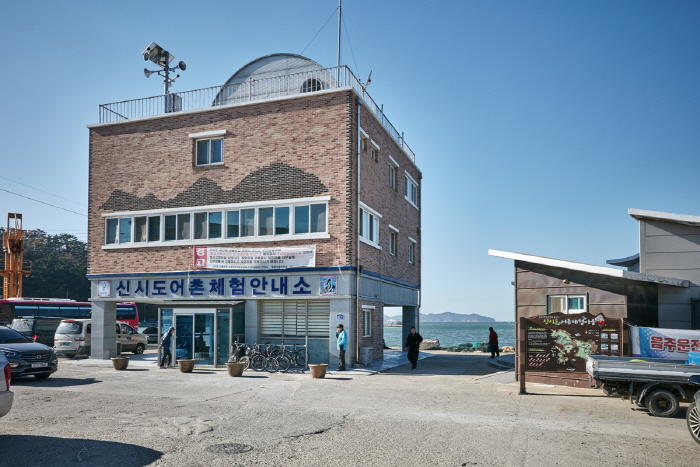
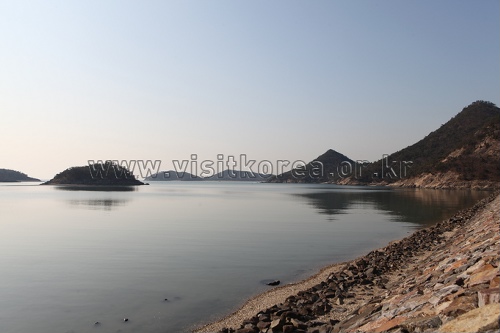
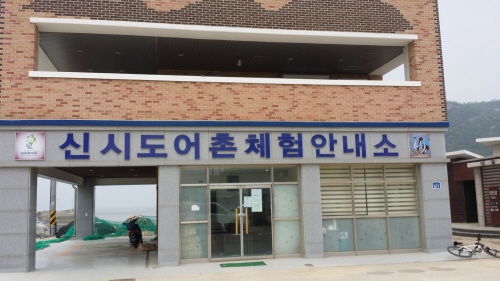
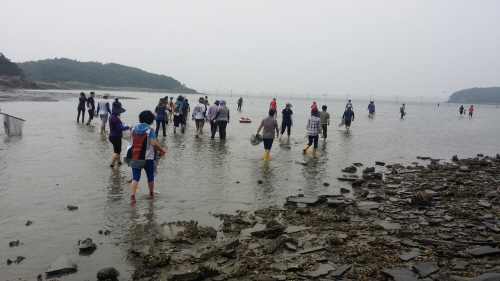
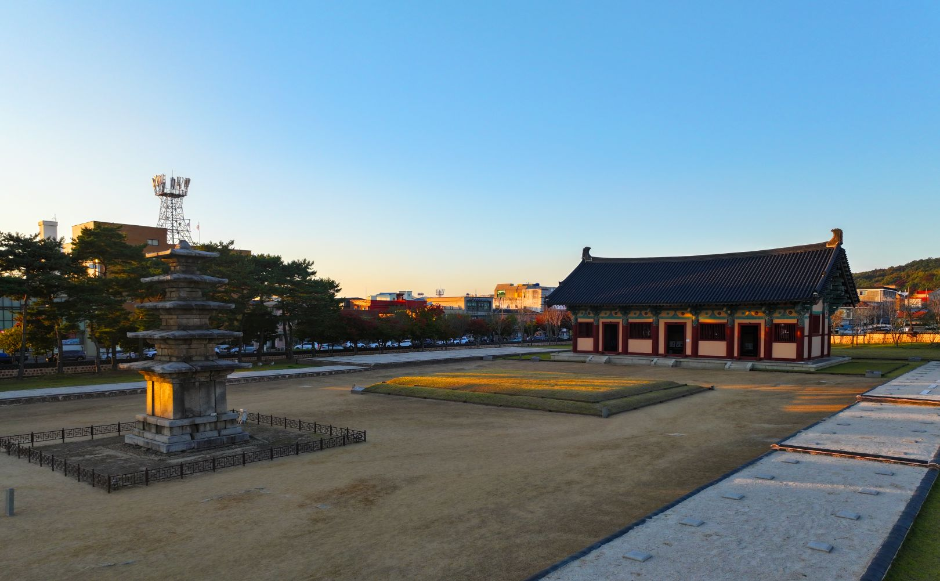
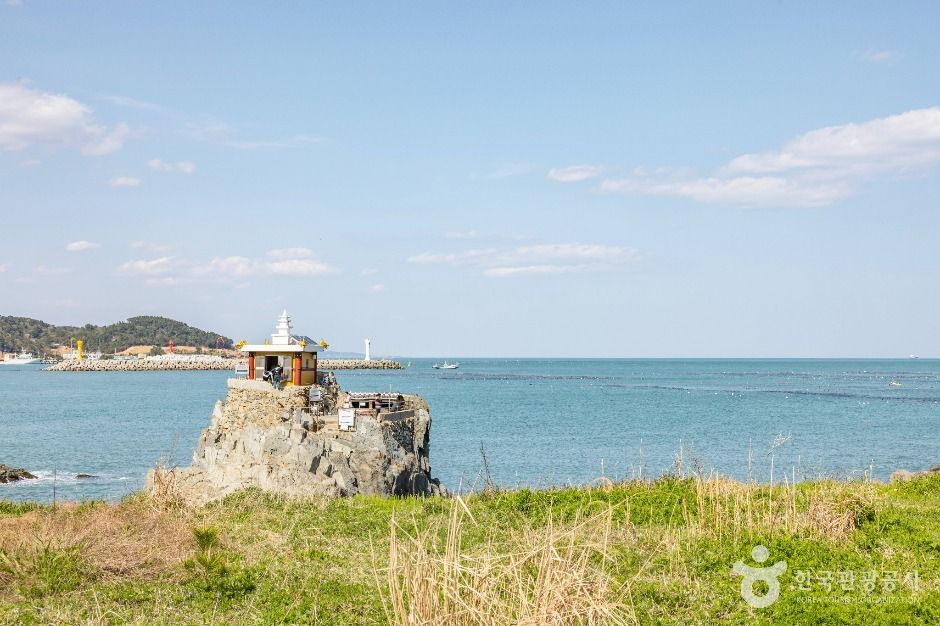
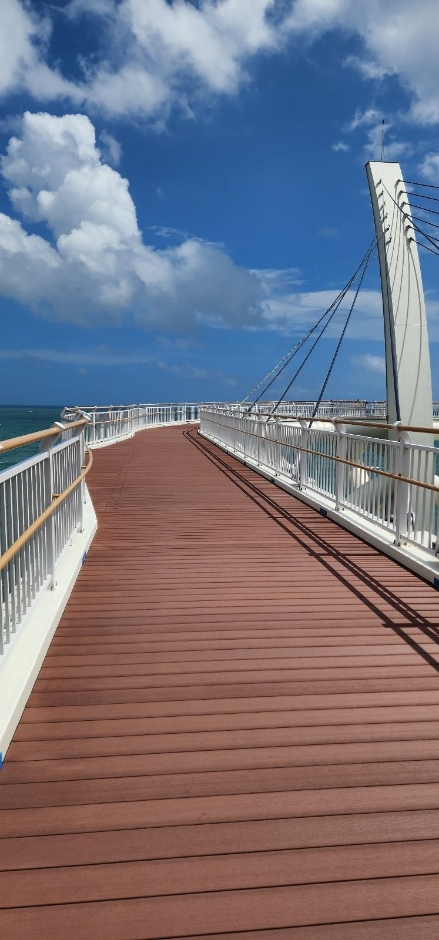
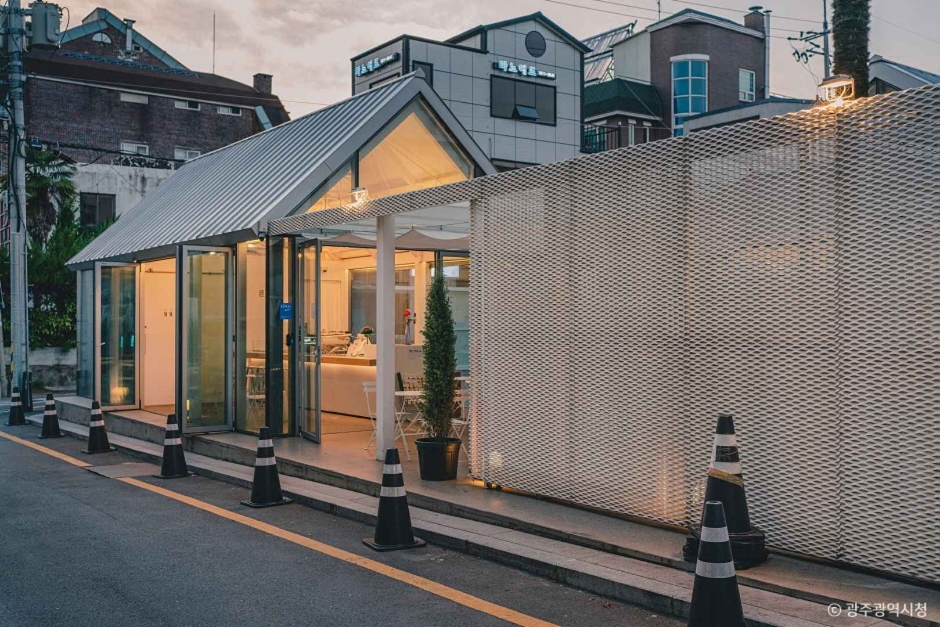
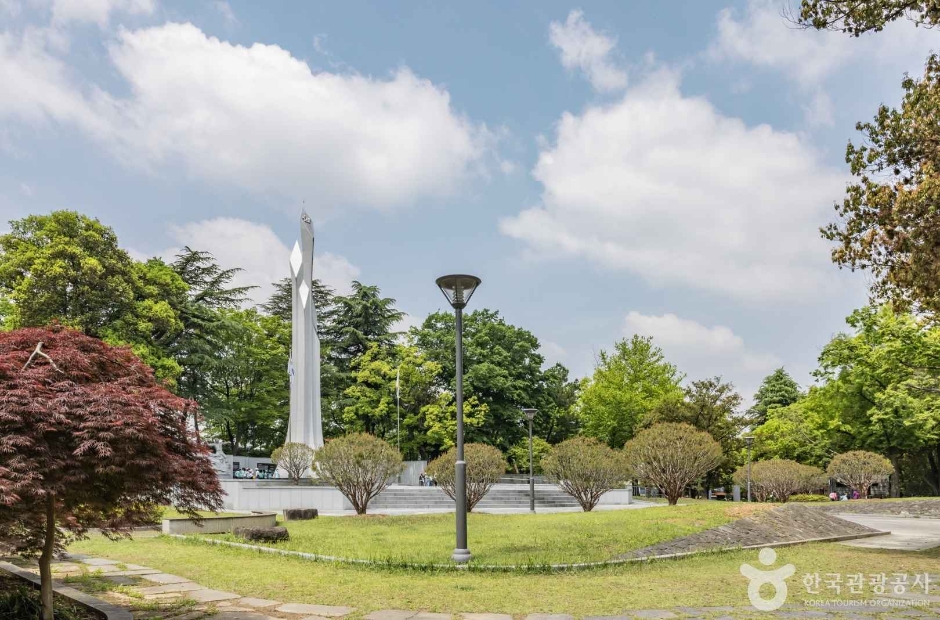
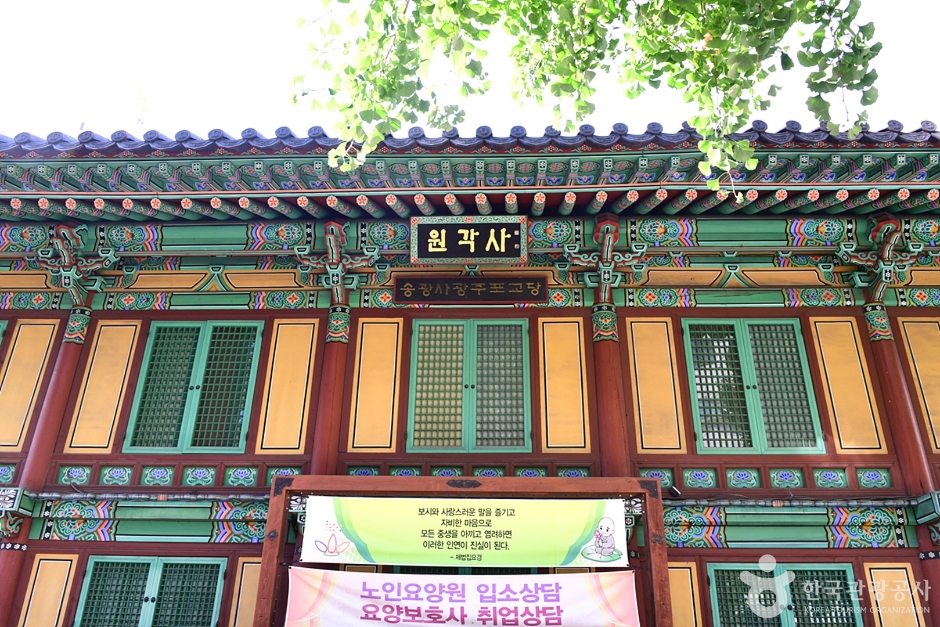
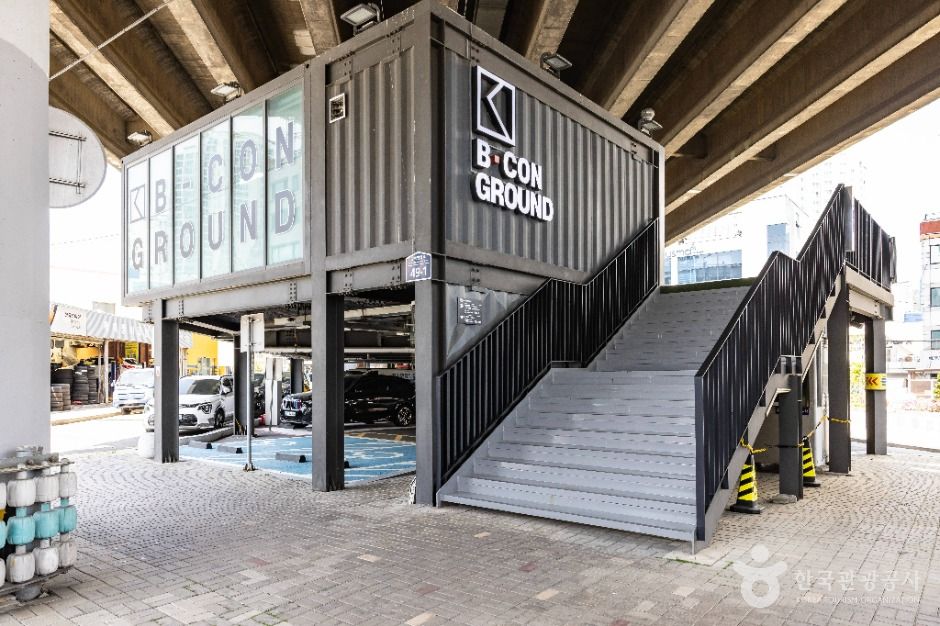

 English
English
 한국어
한국어 日本語
日本語 中文(简体)
中文(简体) Deutsch
Deutsch Français
Français Español
Español Русский
Русский